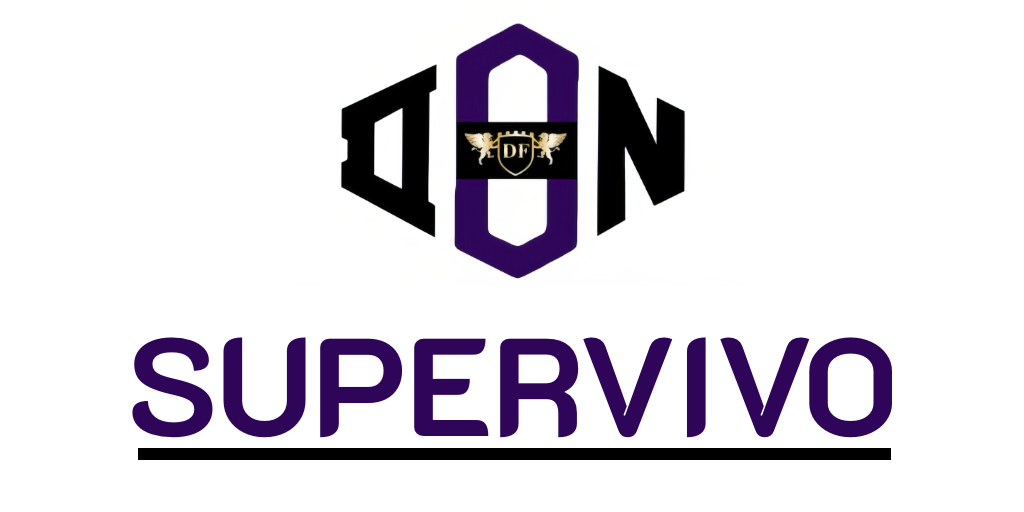Understanding the response time of data annotation technology is crucial for any AI-driven project. Knowing how long data annotation tech takes to respond allows organisations to enhance their productivity and efficiency. Accurate data annotation response times can significantly impact project outcomes, enabling teams to optimise processes and avoid unnecessary delays. In this section, we will explore expected turnaround times for various data labelling technologies in use today, highlighting industry benchmarks and insights from leading providers. This foundational knowledge will empower users to make informed decisions that improve data labelling technology performance and ultimately drive success in their AI initiatives.
Understanding Data Annotation Time Frame
The data annotation time frame plays a pivotal role in the success of projects involving machine learning and artificial intelligence. Understanding this time frame ensures that stakeholders remain informed and resources are allocated wisely. The importance of time estimates cannot be overstated; precise estimates enable project managers to set realistic expectations and streamline workflows.
The Importance of Accurate Time Estimates
Accurate time estimates are essential for successful project execution. Having a clear understanding of the data annotation time frame allows organisations to:
- Allocate resources efficiently, ensuring that team members can focus on their strengths.
- Set achievable deadlines that enhance productivity and morale.
- Manage stakeholder expectations effectively, thereby fostering trust and confidence.
Factors Influencing Data Annotation Efficiency
Multiple factors affect data annotation efficiency, each contributing to the overall response time of projects. Consider the following factors affecting response time:
- Complexity of the Data: Intricate data sets require more time and expertise, impacting the overall annotation time frame.
- Quality of the Supplied Data: High-quality data is easier to annotate and can significantly decrease the time required.
- Chosen Annotation Tools: The tools used for data annotation can streamline processes, thus enhancing efficiency.
By focusing on these elements, organisations can tailor their approaches to data labelling. This attention can optimise workflows, reduce delays, and ultimately improve project outcomes.

How Long For Data Annotation Tech To Respond
Understanding the expected data annotation response time for various projects is crucial for efficient workflow management. Different types of projects, such as image annotation, text categorisation, and video tagging, often exhibit distinct typical response times. This diversity necessitates a thorough exploration of how different technologies measure up.
Typical Response Times for Different Projects
In the realm of data annotation, common projects present varied response times based on complexity and the specific tool employed. For instance:
- Image annotation often sees a data annotation response time ranging from a few hours to several days, depending on the volume of images.
- Text categorisation typically has quicker turnaround, with many tools achieving responses within a couple of hours.
- Video tagging may require longer due to the intricate nature of visual data, sometimes stretching into days for comprehensive annotations.
Comparative Analysis of Annotation Tool Response Time
A comparative response analysis of leading annotation tools reveals stark differences in efficiency. Performance metrics vary widely based on the tool’s capabilities and underlying technology:
- Tools that leverage artificial intelligence often deliver faster data annotation response times, significantly cutting down the manual labour involved.
- Simple annotation tools may struggle to compete, often resulting in longer processing times due to less effective data handling.
Investing in advanced tools that optimise annotation tool efficiency can profoundly influence project timelines, leading to improved outcomes and satisfied stakeholders.
Turnaround Time for Data Annotation in AI Projects
In the fast-paced world of AI projects, managing the turnaround time for data annotation becomes crucial for success. Efficient data labelling can substantially enhance project outcomes. Adopting best practices for data labelling ensures teams can deliver high-quality annotations swiftly, meeting tight deadlines and client expectations. By focusing on streamlined processes and effective collaboration, organisations can achieve remarkable improvements in their annotation timelines.
Best Practices for Optimising Turnaround Times
Implementing best practices for data labelling can dramatically reduce turnaround times. Consider the following recommendations:
- Utilise advanced annotation tools that automate repetitive tasks, freeing up human annotators for more complex work.
- Define clear guidelines and standards for labelling, ensuring everyone on the team understands the requirements and expectations.
- Establish streamlined workflows that allow for parallel processing of data, reducing bottlenecks and enhancing efficiency.
- Foster effective communication channels among team members to address issues promptly and share insights that facilitate faster decisions.
Real-World Examples of Fast Data Labelling Processing Time
Numerous companies exemplify rapid turnaround times in their data labelling practices. For instance, a leading player in the automotive sector successfully reduced its turnaround time for data annotation by integrating machine learning algorithms with human oversight. This synergy resulted in an impressive fast data labelling processing time, enabling quicker iterations in product development.
Another example comes from a prominent healthcare technology firm, which revolutionised its data labelling process by implementing a crowdsourced approach. This method not only accelerated turnaround times but also enriched the data quality, showcasing the effectiveness of collaborative efforts in achieving swift outcomes.
Data Annotation Speed and Its Impact on Project Outcomes
Data annotation speed plays a crucial role in determining the success of AI projects. When organisations effectively manage annotation speed, they can witness substantial improvements in project outcomes. Rapid data labelling contributes to maintaining momentum, which is essential in a competitive landscape. The challenge lies in balancing this speed with the quality of annotations, as both elements are interdependent and vital for success.
Correlation Between Speed and Quality of Annotations
The relationship between data annotation speed and the quality of annotations is complex. Numerous studies indicate that a faster pace can sometimes lead to a decline in accuracy, risking the overall integrity of the dataset. It is essential to implement robust processes that ensure quality remains uncompromised, even with heightened data annotation speed. Setting clear guidelines and utilising experienced annotators can significantly enhance the outcomes while maintaining a quick turn of work. High-quality annotations provide reliable data for training AI models, fuelling their effectiveness and utility.
Maximising Data Labelling Response Rate
Maximising response rates in data labelling is crucial for efficient project management. Several strategies can be employed to enhance the data annotation process. For instance, investing in advanced annotation tools can streamline workflows and reduce bottlenecks. Training teams regularly further assures that annotators are proficient and efficient, improving data annotation speed while ensuring quality. An organised team structure might facilitate a quicker response rate, thereby contributing positively to project outcomes. By focusing on these efficiency-driven strategies, organisations are destined to achieve better results in their AI initiatives.
Enhancing Efficiency with Advanced Annotation Tools
In the realm of data labelling, leveraging advanced annotation tools is paramount for organisations seeking to enhance efficiency. The latest developments in AI-powered annotation software are revolutionising the way data is processed, enabling quicker and more precise labelling. By integrating machine learning technologies, these tools not only streamline workflows but also significantly reduce the time spent on manual tasks.
Automation features stand out as a game changer, allowing teams to focus on critical project aspects while routine tasks are executed seamlessly in the background. These enhancements represent substantial data labelling technology improvements that cater to the ever-growing demand for efficient data annotation solutions. With technology advancing at a rapid pace, staying informed about these innovations is crucial for maintaining a competitive edge.
Organisations investing in cutting-edge annotation tools will find themselves better equipped to navigate the complexities of modern data projects. By prioritising enhancing efficiency through the adoption of the latest advancements, teams can deliver superior project outcomes and respond adeptly to the evolving landscape of data demands.









